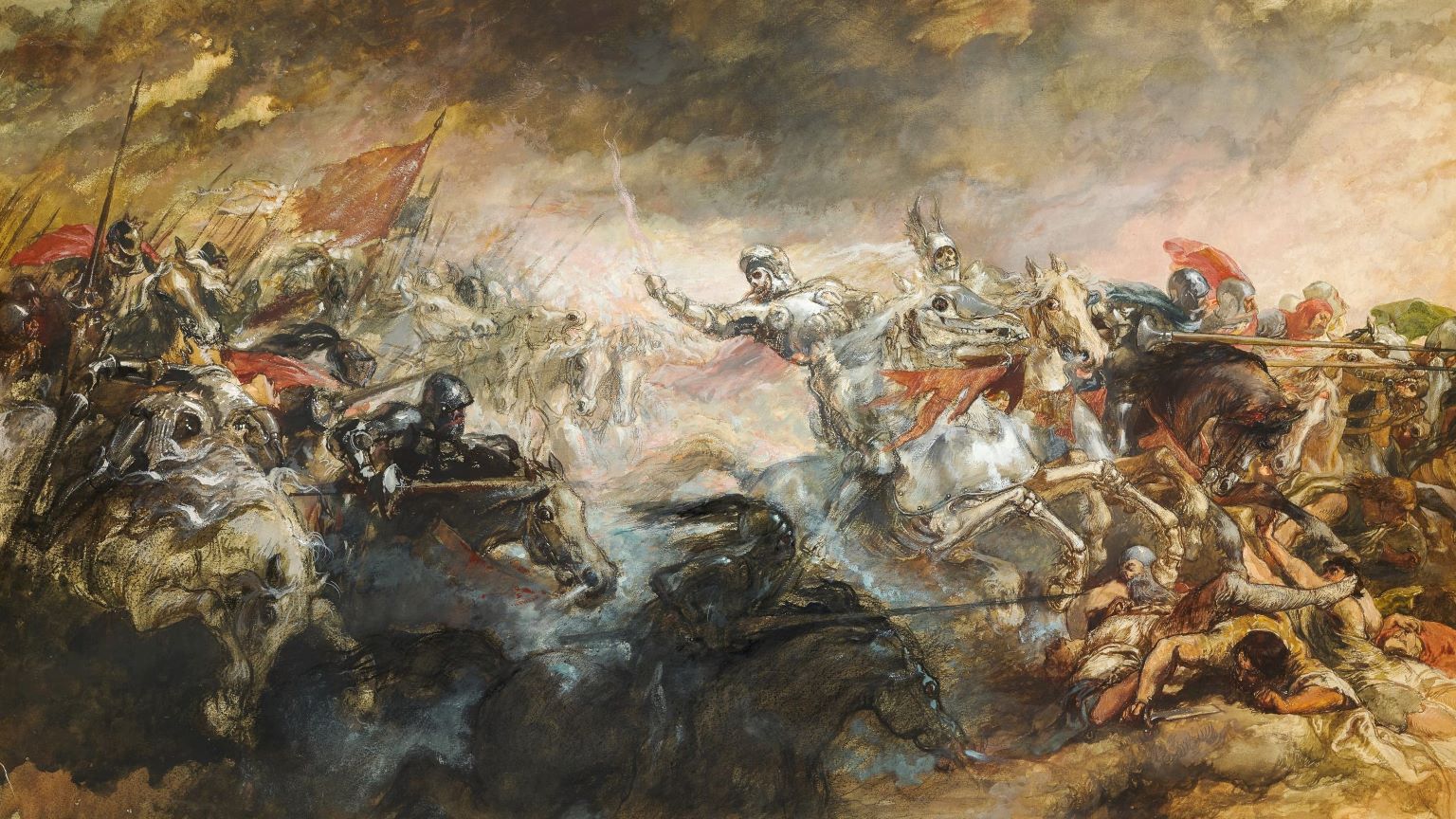The Object of Torture

“The object of torture is torture.” As George Orwell wrote in 1984, torture is not a means to an end, it is an end in itself. As I’ve argued, there’s no evidence that torture is a good way to get reliable information out of a prisoner. Nor did the architects of our torture policy show any serious interest in whether or not it was effective. In fact, our best intelligence appears to have come out of ordinary, non-coercive interrogations. On its face, our torture program has been a complete fiasco. Why then do we seem to be so dead set on continuing it?
As Jennifer Pierce writes, the point of torturing people may not in fact be to get information out of them. Torture, as Orwell thought, may be an end itself. Pierce recalls Hannah Arendt’s famous claim that “Power and violence are opposites; where the one rules absolutely, the other is absent.” Arendt—a German Jew who fled Nazi Germany in 1933—argued that the power the torturer holds over a prisoner was actually a kind of weakness. Real power, Arendt said, is the ability to win the allegiance of others by persuading them. It is the power exercised by a democracy over its citizens. Violence is the antithesis of this kind of power, and the hallmark of totalitarian regimes. The aim of violence in this sense is not win others over, but rather to punish and destroy those we cannot control.
In the same way the object of torture may not be not to achieve any strategic goal, but rather simply to inflict injury. Jean Améry, who was tortured by the Gestapo for working with the Belgian partisans, wrote in his essay “Torture” that it is motivated by a sadistic desire to feel power over others by destroying them. As Améry wrote,
In this way, torture becomes the total inversion of the social world, in which we can live only if we grant our fellow man life, ease his suffering, bridle the desire of our ego to expand. But in the world of torture man exists only by ruining other person who stands before him. A slight pressure by the tool-wielding hand is enough to turn the other—along with his head, in which are perhaps stored Kant and Hegel, and all nine symphonies, and The World as Will and Representation—into a shrill squealing piglet at slaughter.
Dehumanizing the victim is a not a peripheral consequence of torturing someone. It’s the essence of torture.
Carl Jung said that “The healthy man does not torture others—generally it is the tortured who turn into torturers.” By the same token, the healthy nation doesn’t need to work out its anxieties on the bodies of its prisoners. As Andrew Sullivan has carefully demonstrated, our torture program—and the legal rationale for it—closely parallels the Nazi torture program. Like us, the Nazis called what they did “enhanced interrogation.” And, as has been widely reported, our own torture program was modeled on the techniques used by the most brutal regimes in the world. When we were unable to capture and destroy the people who had attacked us on September 11, we worked out our anger for the terrible injury the terrorists did to us by torturing those we suspected of being connected to them. Nine years later, it hasn’t made us any safer, nor brought back any of the people who died that day. Nine years later, it’s time to stop.





